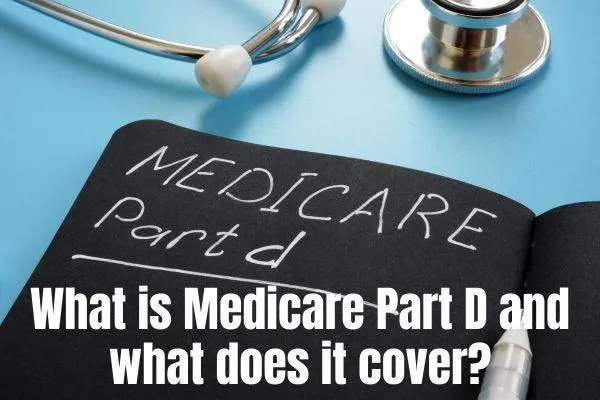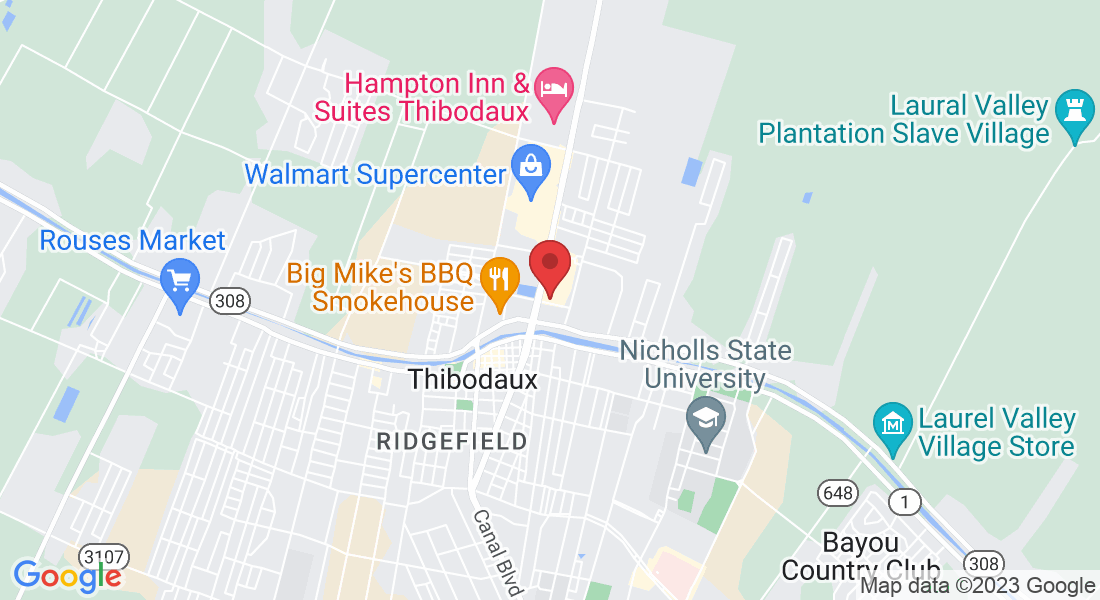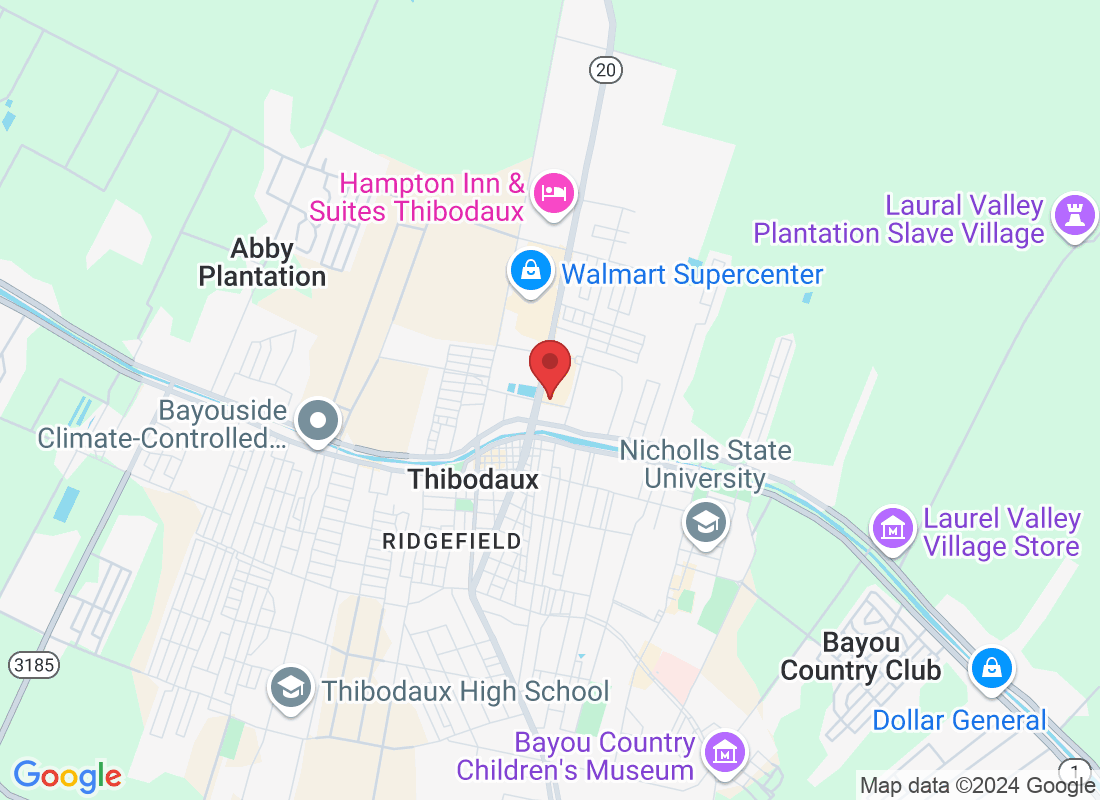Blog
Learn all you need to know about Louisiana Medicare Plans, Medigap, Medicare Supplement, and Medicare Advantage Plans.

What is Medicare Part D and what does it cover?
Medicare Part D is an optional prescription drug benefit made available through private Medicare-approved plans. It helps millions of beneficiaries afford medications by assisting with costs. Understanding what Medicare Part D is, what's covered, and how much it costs can help you evaluate if enrolling in Part D makes sense for your personal prescription needs and budget.
What is Medicare Part D?
Medicare Part D refers to Medicare's prescription drug coverage program. It was established in 2006 through the Medicare Modernization Act to provide enrollees with an affordable way to purchase necessary medications.
· Part D is optional - you can choose to enroll or keep only Original Medicare without drug coverage.
· It's provided through private insurers that offer Part D Plans approved by Medicare.
· Costs and covered medications can vary between different Part D Plans.
· You must select a specific plan that meets your prescription needs and preferences.
· In addition to premiums, Part D involves deductibles, copays and coinsurance amounts that impact total out-of-pocket costs.
Part D acts as a supplement to Original Medicare. It can only be obtained if you're signed up for Medicare Part A and Part B already.
Those with Medicare Advantage Plans typically get prescription drug coverage through their Advantage Plan rather than enrolling in a separate Part D Plan.
What Drugs Are Covered by Medicare Part D?
Medicare Part D Plans cover a wide range of prescription medications that beneficiaries take on an outpatient basis. This includes:
· Brand-name drugs - Like Lipitor, Advair, Lantus
· Generic drugs - Such as metformin, lisinopril, levothyroxine
· Insulins - Both branded and biosimilar insulins such as Lantus, Novolog, Humalog
· Vaccines - Shingles, pneumonia, flu, hepatitis B
· Biologicals - Specialty medicines like Humira or Rituxan
· Chemotherapy drugs - Cancer treatment medications that you take by mouth or are self-injected
Each specific Part D Plan has its own formulary or complete list of covered drugs organized into different tiers or cost levels. All Part D Plans must include drug categories required by Medicare, but plans can vary in terms of individual drugs covered within therapeutic classes.
What Drugs Are Not Covered Under Medicare Part D?
While Part D encompasses most outpatient prescription medications, some exceptions exist that are excluded from coverage. Drugs not covered under Medicare Part D include:
· Prescription medications while an inpatient in a hospital or skilled nursing facility
· Drugs covered under Part A or Part B instead, such as certain injectables or immunizations
· Medications prescribed for weight loss, fertility, cosmetic purposes, or over-the-counter drugs
· Barbiturates and benzodiazepines, such as Xanax, Valium, Seconal
· Non-prescription or OTC medications like vitamins, aspirin, antacids
· Newly marketed brand medications where the manufacturer hasn't made pricing agreements with Medicare
If you take any excluded medications, you'll need to pay out-of-pocket instead of relying on Part D coverage. Make sure to evaluate if a Part D Plan's formulary includes all your prescriptions before enrolling.
What Are the Costs for Medicare Part D Coverage?
Joining a Medicare Part D Plan involves several different costs from monthly premiums to deductibles and drug copays or coinsurance. Here's an overview of what you'll pay:
· Monthly premium - Paid to your selected Part D insurance plan. The national base premium for 2023 is $32.74 but many plans charge more so compare options.
· Deductible - Amount you pay out-of-pocket initially before your plan starts covering medications. The standard deductible is $505 in 2023 but can vary by plan.
· Copays or coinsurance - The fixed dollar amount or percentage you pay for each covered prescription filled. Varies based on the medication tier and whether preferred vs non-preferred.
· Coverage gap - Also called the "donut hole", begins once you and your plan spend $4,660 combined on covered drugs. In 2023 you pay 25% of costs in the gap for brand medications.
· Catastrophic coverage - Provides enhanced coverage once your total out-of-pocket drug costs exceed $7,400 for the year. Only small coinsurance amounts apply at that point.
· Income-related monthly adjustment amount (IRMAA) - Higher earners pay an extra premium amount based on income. This is added to your normal Part D Plan premium.
Make sure to calculate total estimated prescription costs including deductibles, copays and any coverage gaps to determine if a particular Part D Plan offers adequate coverage relative to the premium charged.
How Do You Enroll in Medicare Part D?
You have the opportunity to sign up for Medicare Part D coverage during these enrollment periods:
· Initial Enrollment Period - When first eligible for Medicare, you can enroll in Part D along with Parts A and B.
· Annual Enrollment Period - Make changes to your coverage every fall between October 15 - December 7 for a January 1 effective date.
· Special Enrollment Periods - Qualifying life events like losing other creditable coverage allow you to enroll outside standard periods.
Use the Medicare Plan Finder to compare Part D Plans available in your area and choose the right one for your prescription needs.
Does Medicare Part D Cover Insulin?
As of 2023, Medicare Part D Plans must include select insulins at an affordable copay of no more than $35 for a 30-day supply. Both rapid-acting and long-acting insulins like Novolog, Humalog, Lantus and Levemir are covered with the maximum $35 copay through the Part D Senior Savings Model.
Make sure any Part D Plan you are considering provides this lower-cost insulin coverage. You can use the Plan Finder to find plans including your insulin at the best price.
How Do You Get Extra Help Paying for Medicare Part D?
If you have limited income and resources, you may qualify for Extra Help offered through Medicare to reduce your prescription drug costs. Extra Help pays for all or part of your Part D premiums, deductibles, copays and coverage gap.
To qualify for 2023, your annual income must be under $20,625 as a single or $27,705 as a married couple. Asset limits of $15,930 for an individual and $31,860 for couples also apply.
Contact Medicare at 1-800-Medicare or your local Medicaid office to apply for Extra Help paying for Part D based on financial need.
Key Takeaways on Medicare Part D Prescription Drug Coverage
In summary, here are important facts to keep in mind about Medicare's Part D prescription drug benefit:
· It is optional supplemental coverage you can sign up for through private Medicare-approved insurance plans
· Each plan has its own formulary of covered medications organized into pricing tiers
· You'll pay a monthly premium, deductible, copays and/or coinsurance amounts that vary by plan
· Look for plans covering all your medications at the lowest overall cost based on your usage
· Financial assistance is available from Medicare to help lower income beneficiaries afford Part D
· Enroll during your Initial Enrollment Period when first eligible or each fall during Open Enrollment
Carefully weighing the value of Medicare Part D requires understanding what's covered at what cost. Make sure to evaluate your specific prescription needs, compare different plan options in your area, and calculate total projected costs when deciding whether to enroll.
We’re Here to Help
You do not have to spend hours reading articles on the internet to get answers to your Medicare questions. Give the licensed insurance agents at Bourgeois Insurance a Call at (985) 803-8999. You will get the answers you seek in a matter of minutes, with no pressure and no sales pitch. We are truly here to help.
FAQS
What is Medicare Part D drug coverage?
Medicare Part D is a prescription drug coverage program offered by the federal government through private insurance companies. It provides coverage for prescription medications that are not covered under Medicare Part A or Part B.
What does Medicare Part D drug coverage cover?
Medicare Part D drug coverage typically covers a wide range of prescription drugs, including brand-name and generic medications. Each plan may have its own list of covered drugs, also known as a formulary, so it is important to review the specific details of the plan you choose.
What is a Medicare drug plan?
A Medicare drug coverage, also known as a Medicare Part D Plan, is a specific type of insurance plan that provides coverage for prescription medications. These plans are offered by private insurance companies and are approved by Medicare.
What is the difference between Medicare Part B and Part D drug coverage?
Medicare Part B covers certain medications that are administered in a medical setting, such as injections or infusions. On the other hand, Medicare Part D covers prescription drugs that are typically obtained through a pharmacy, whether they are self-administered or administered at home.
Can I have both Medicare Part B and Medicare Part D Plan?
Yes, you can have both Medicare Part B and Part D drug coverage. Part B covers certain medications, while Part D provides coverage for a wider range of prescription drugs.
What is the right Medicare drug coverage for me?
The right Medicare drug plan for you depends on your specific prescription drug needs and your budget. It is recommended to compare different plans based on their formulary, monthly premiums, deductibles, and copayments to find the one that best suits your needs.
Do all Medicare prescription drug plans cover the same medications?
No, not all Medicare prescription drug plans cover the same medications. Each plan has its own formulary, which is a list of drugs that the plan covers. It is important to review the formulary of any plan you are considering to ensure that your medications are covered.
What is the Medicare low-income subsidy for Part D?
The Medicare low-income subsidy, also known as Extra Help, is a program that helps certain people with limited income and resources pay for Medicare prescription drug costs. This subsidy can help lower the monthly premiums, deductibles, and copayments associated with Part D drug coverage.
Can I get drug coverage through my Medicare Supplement Plan?
No, Medicare Supplement Plans, also known as Medigap Plans, do not provide prescription drug coverage. If you have a Medicare Supplement Plan, you may need to enroll in a separate Medicare Part D drug plan to obtain prescription drug coverage.
How do I enroll in Medicare Part D drug coverage?
To enroll in Medicare Part D drug coverage, you can either sign up during your initial enrollment period when you first become eligible for Medicare, or you can enroll during the annual open enrollment period. You can choose a plan and enroll either online, by phone, or by mail.
Address
Office Address
311 N Canal Blvd Thibodaux, LA 70301
Email Address
Office Number
(985) 803-8999
Resources
Contact Us
Address:
311 N Canal Blvd Thibodaux, LA 70301
Plans are insured or covered by Medicare Advantage (HMO, PPO, and PFFS) organization with a Medicare contract and/or a Medicare-approved Part D sponsor. Enrollment in the plan depends on the plan’s contract renewal with Medicare. We do not offer every plan in your area. Please contact medicare.gov or 1-800-Medicare to get information on all your options.
Bourgeois Insurance Copyright 2023 --
All Rights Reserved --


